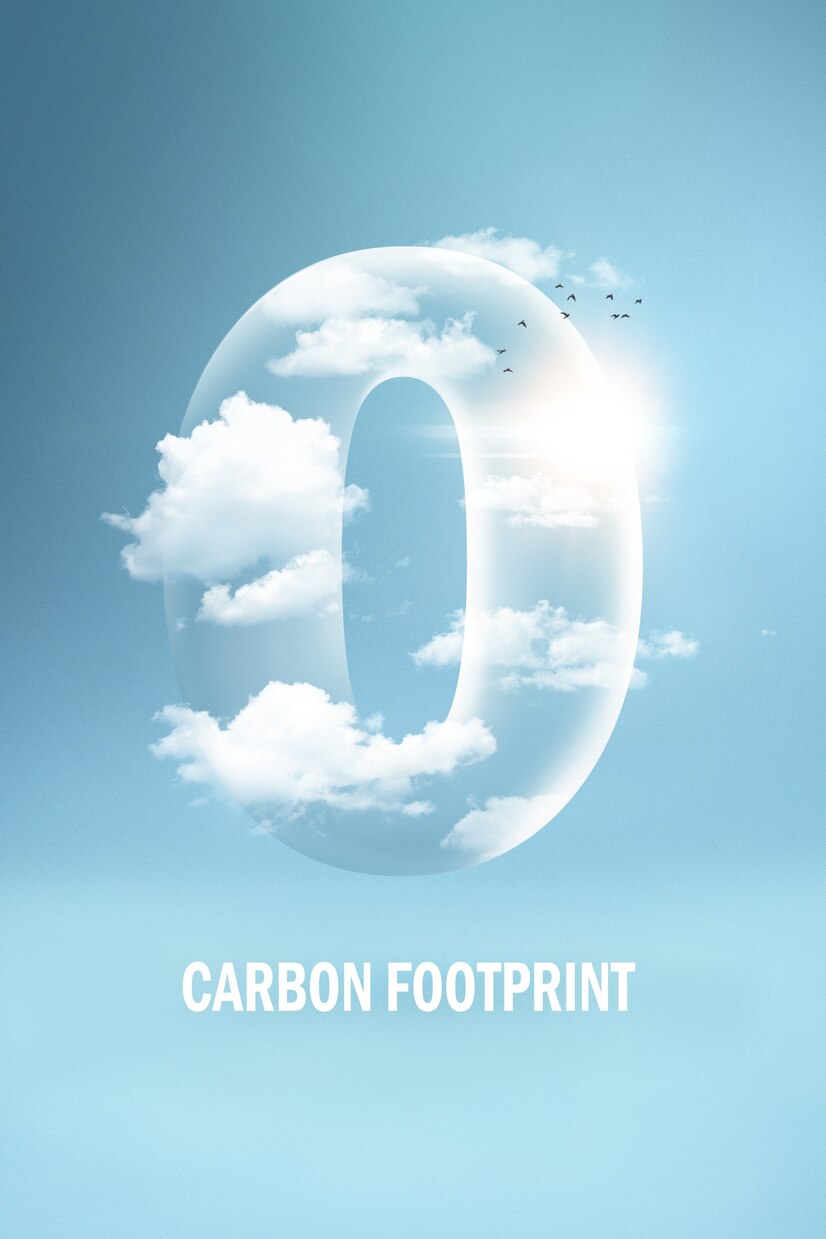India is third in carbon emissions after China and the United States, accounting for 7 % of the world’s carbon emissions. It intends to attain carbon neutrality by 2070. During the transition from fossil fuels to renewable energy, carbon capture projects will be crucial to lower emissions from conventional sources such as oil, coal, and natural gas.
Carbon Capture Projects:
- India is establishing the National Centre of Excellence in Carbon Capture and Utilisation at the Indian Institute of Technology, Mumbai and the National Centre in Carbon Capture and Utilisation at Jawaharlal Nehru Centre for Advanced Scientific Research, Bengaluru. These centres will facilitate capturing and mapping the current R&D and innovation activities in the domain and develop networks of researchers, industries and stakeholders with coordination and synergy between partnering groups and organisations.
- The Mission Innovation Challenge on CCUS. The objective and scope of the challenge is to enable near-zero CO2 emissions from power plants and carbon-intensive industries. Department of Science and Technology, in collaboration with the Department of Biotechnology, has established a national program on CO2 storage research which supports carbon capture research and develops pilots and projects.
- Accelerating CCS Technologies (ACT) initiative aims to facilitate R&D and innovation that can lead to the development of safe and cost-effective CO2 capture, utilisation and storage (CCUS) technologies. The intention is to facilitate the emergence of CCUS by accelerating and maturing CCUS technologies through targeted financing of innovative and research activities.
- Oil and Natural Gas Corporation, in partnership with Indian Oil Corporation, is building a carbon capture project at the Koyali refinery, where carbon emissions will be captured and transported through pipelines to the Gandhar oil field.
- The Gas Authority of India Limited (GAIL) has implemented a pilot project for fixing carbon dioxide emissions using microalgae, which will convert inorganic carbon into organic compounds, in an artificial pond at its Pata petrochemical complex in Uttar Pradesh.
Startups:
- Terra Bioware, headquartered in Bengaluru, was founded in 2022. They capture carbon and transform it into natural bioplastics called Polyhydroxyalkanoate, which are safe and biodegradable.
- Cleansky, headquartered in Bengaluru, was founded in 2019. They convert carbon waste and emissions into materials and products suitable for secondary use, such as soil fertilisers, construction additives, road coverings, and nanomaterials.
- KARDLE Industries, headquartered in Chennai and founded in 2017. They manufacture air purification and mobile carbon capture systems to provide real-time air quality data and treat the air the user breathes.
- Noon IT, headquartered in Bengaluru, was founded in 2021. Through the carbon accounting platform, they offer a simple, secure, and transparent transfer of certified carbon credits.
- Strawcture Eco Pvt, Ltd, headquartered in New Delhi and founded in 2018. A biomaterials producer builds carbon-negative building materials by using waste and unwanted fibres.
Challenges:
- A major obstacle lies in the high costs linked to carbon capture technologies, as implementing such projects demands substantial investments. The necessity to build infrastructure from the ground up contributes to the financial challenges associated with these initiatives.
- The second issue is that developing and deploying efficient carbon capture technologies suitable for the diverse industrial landscape is a significant challenge as it needs to be scalable, adaptable to different industries, and cost-effective.
- The third obstacle lies in identifying suitable geological storage sites for captured carbon. Locating, evaluating, and confirming suitable geological formations for long-term carbon storage poses a considerable challenge.
Conclusion:
In India’s pursuit of carbon neutrality by 2070, carbon capture projects emerge as vital during the transition from fossil fuels to renewables. Initiatives like the National Centres of Excellence, Mission Innovation Challenge, and ACT showcase a concerted effort to advance research and innovation in carbon capture technologies. Distinguished projects led by the Oil and Natural Gas Corporation and Gas Authority of India Limited and innovative startups such as Terra Bioware and Cleansky highlight a diversified and multifaceted approach. Despite these strides, challenges persist, including the high costs, technological adaptability, and the identification of suitable geological storage sites. Overcoming these hurdles demands sustained commitment, collaboration, and innovation.
End Notes
https://www.worldometers.info/co2-emissions/co2-emissions-by-country/
https://pib.gov.in/PressReleaseIframePage.aspx?PRID=1961797
https://www.eco-business.com/news/carbon-capture-technology-on-the-rise-in-indias-energy-transition/
https://www.f6s.com/companies/carbon-capture/india/co
https://www.f6s.com/companies/carbon-sequestration/india/co





